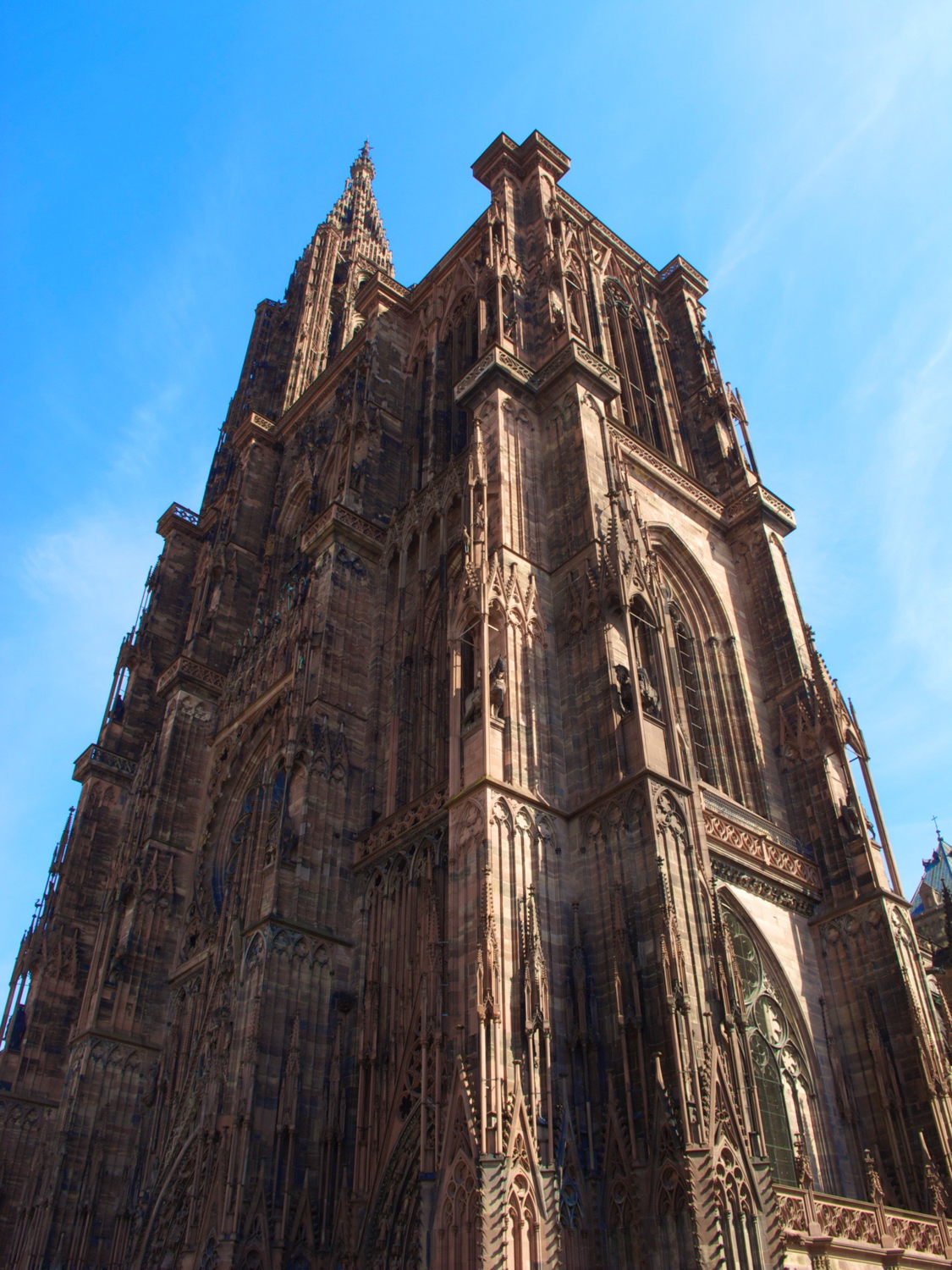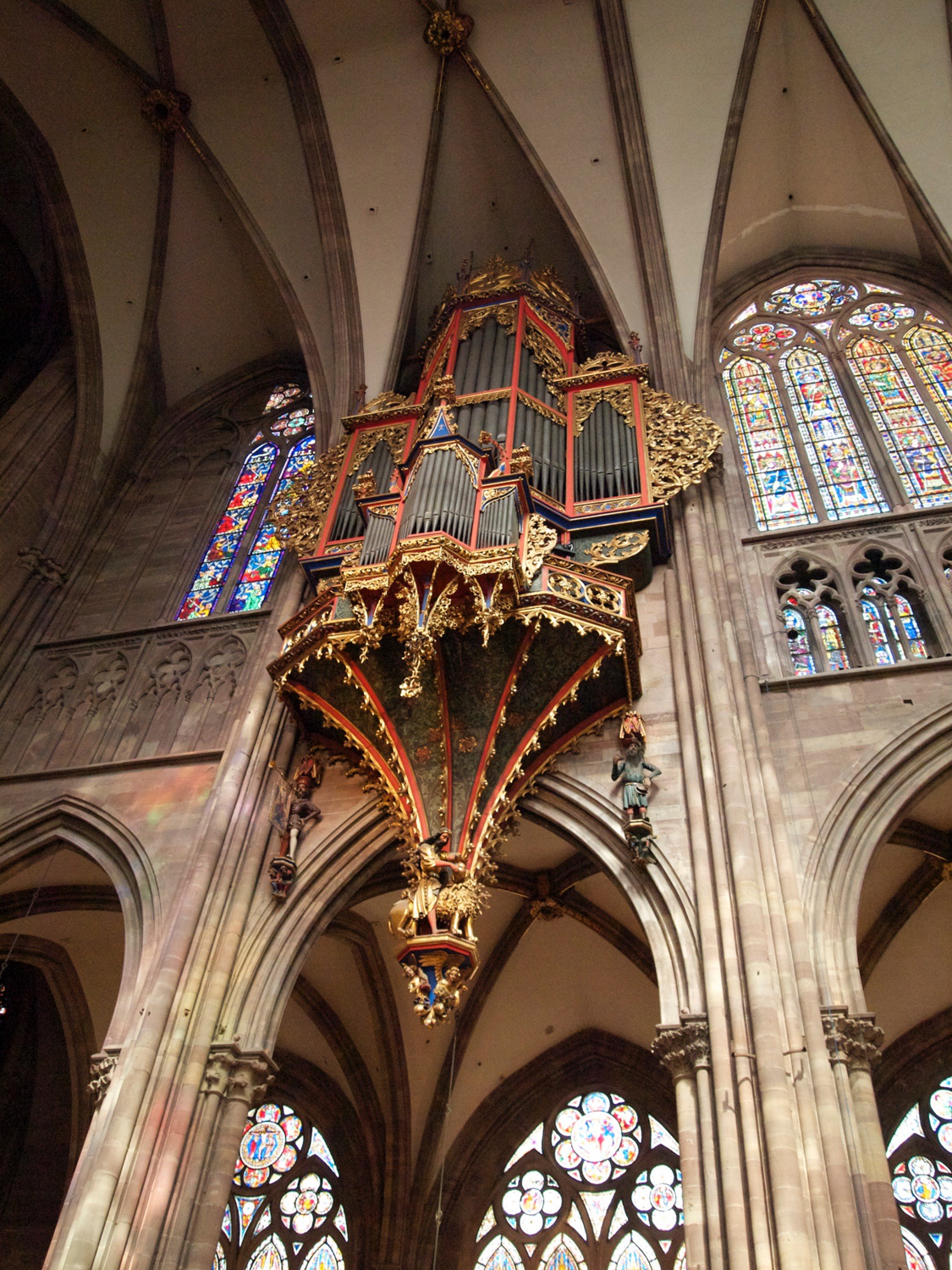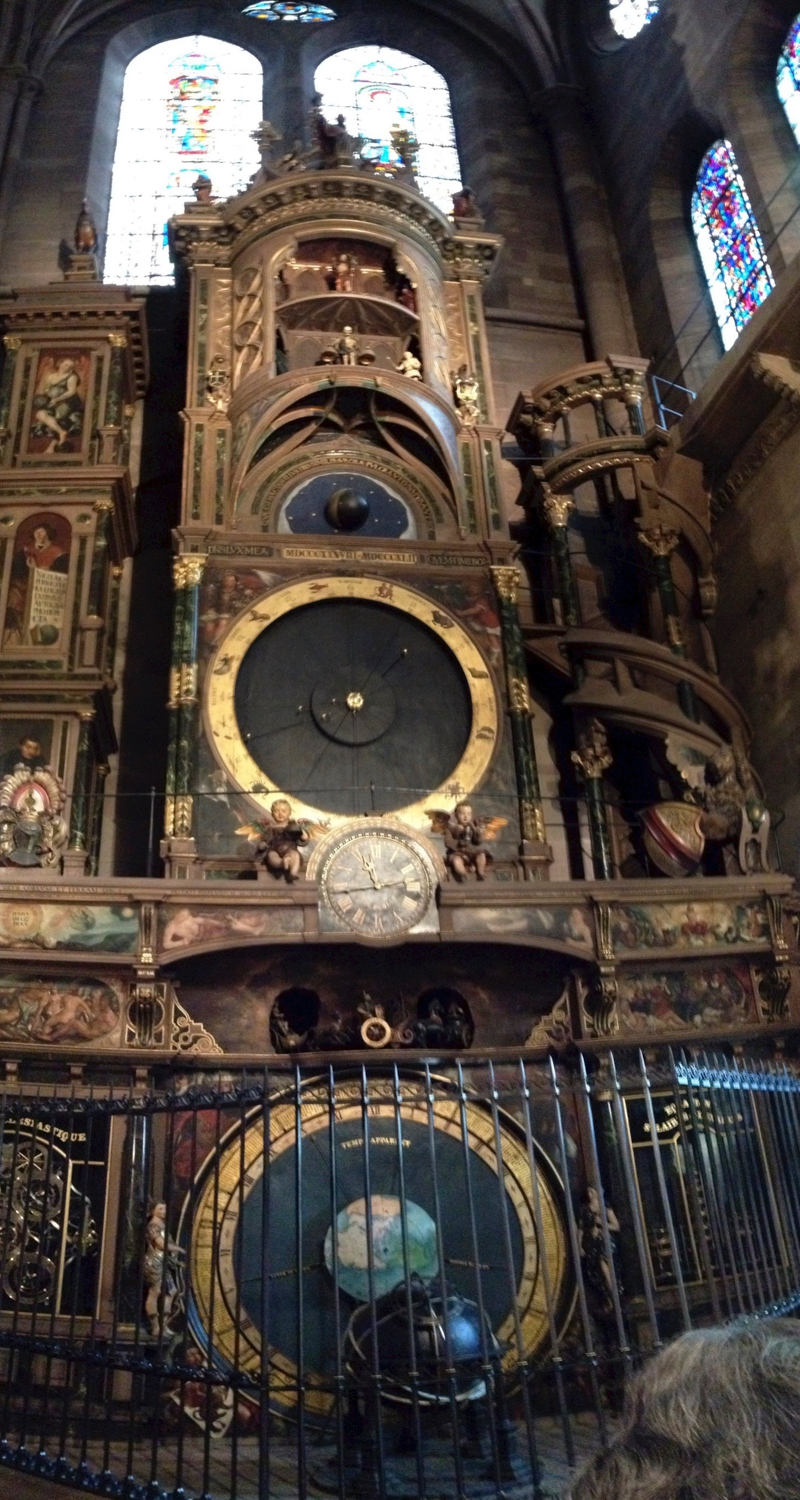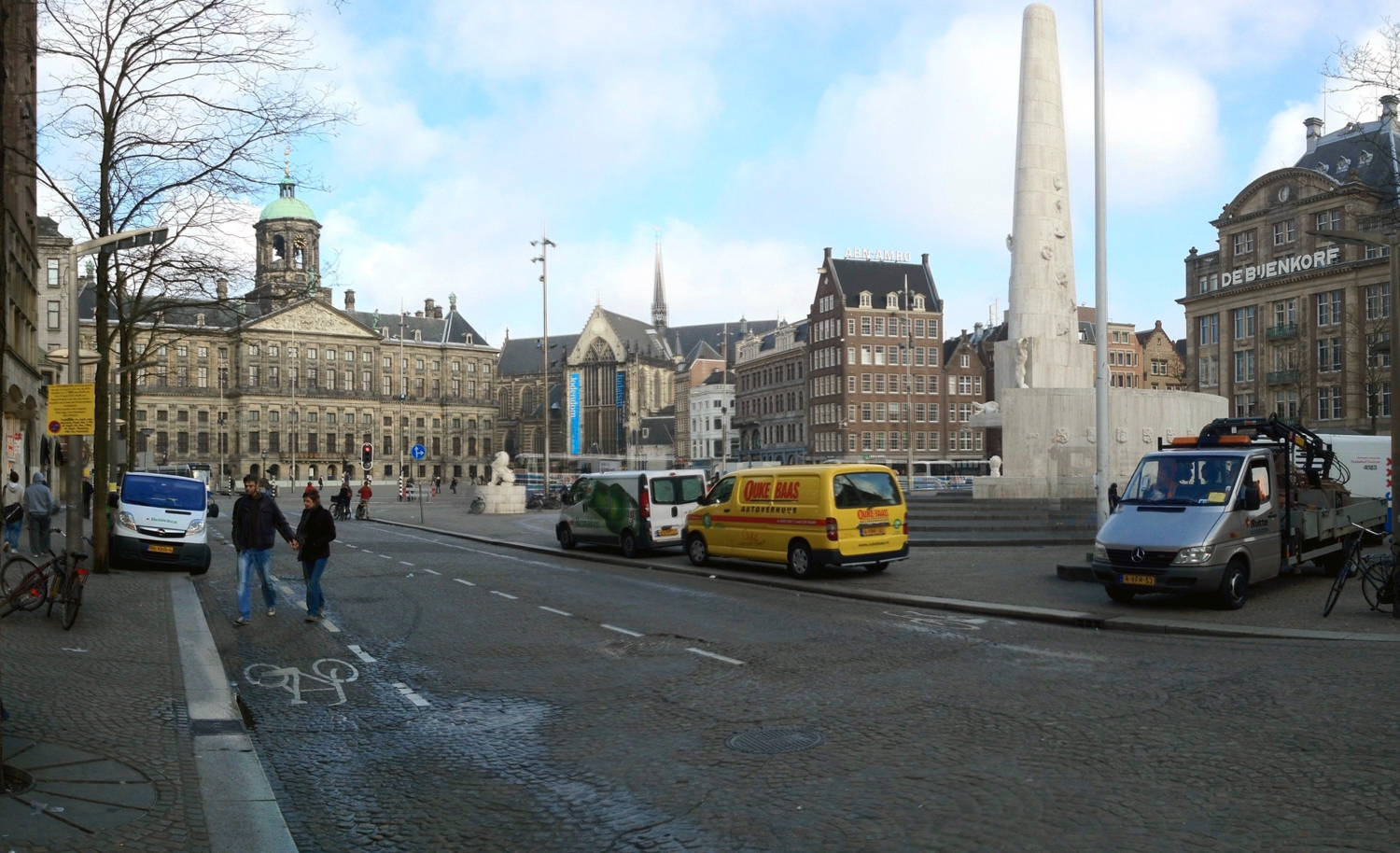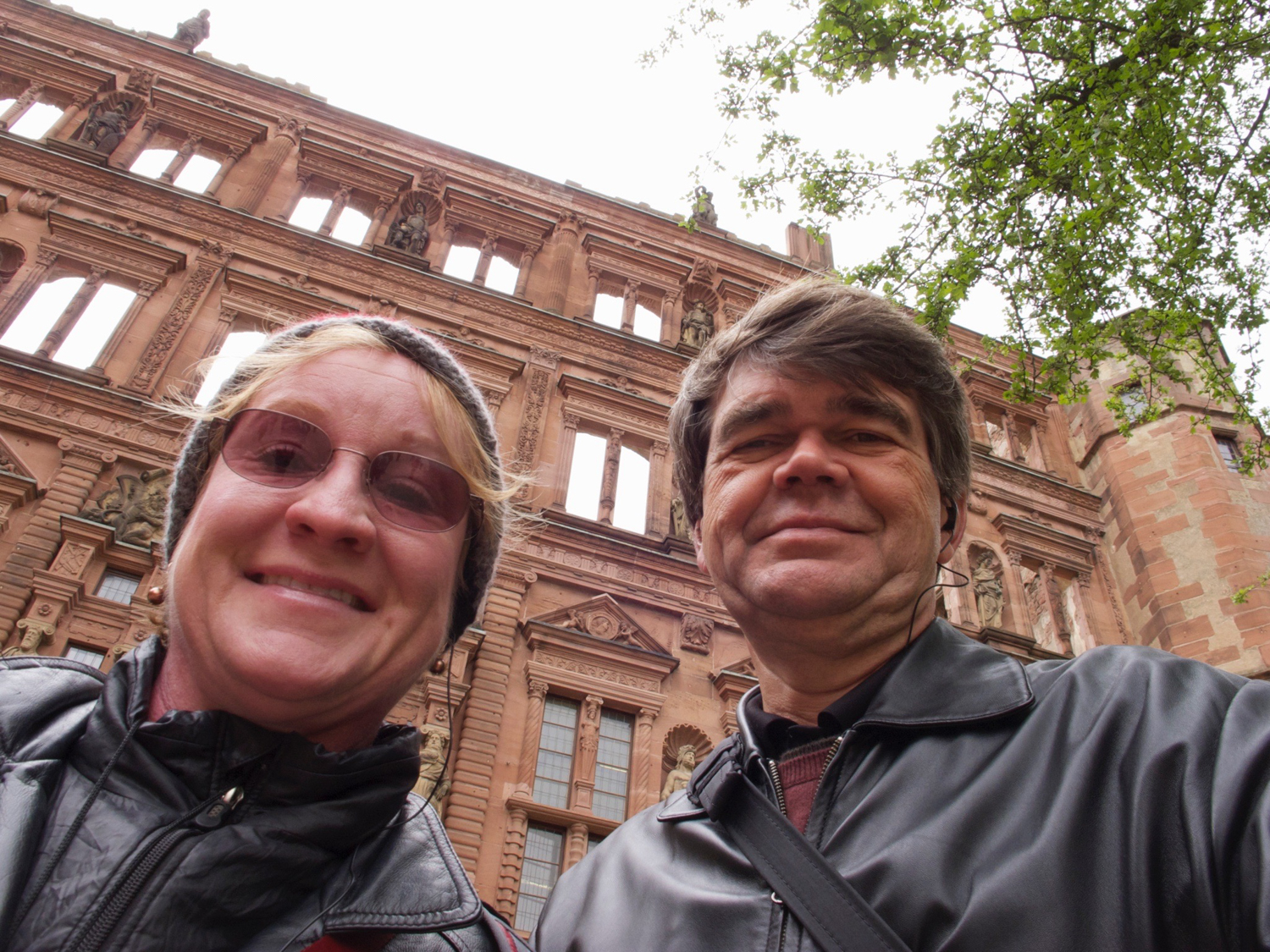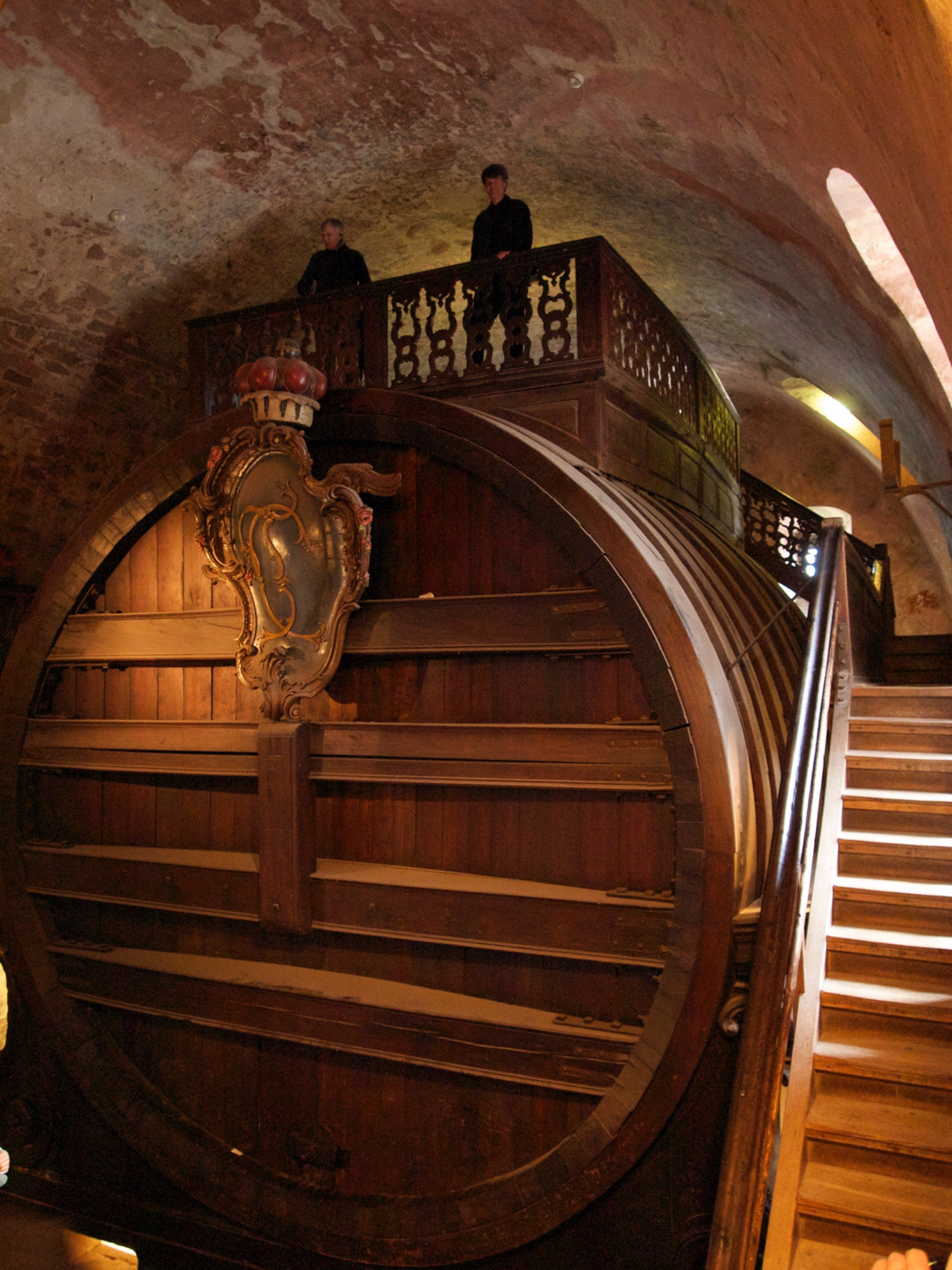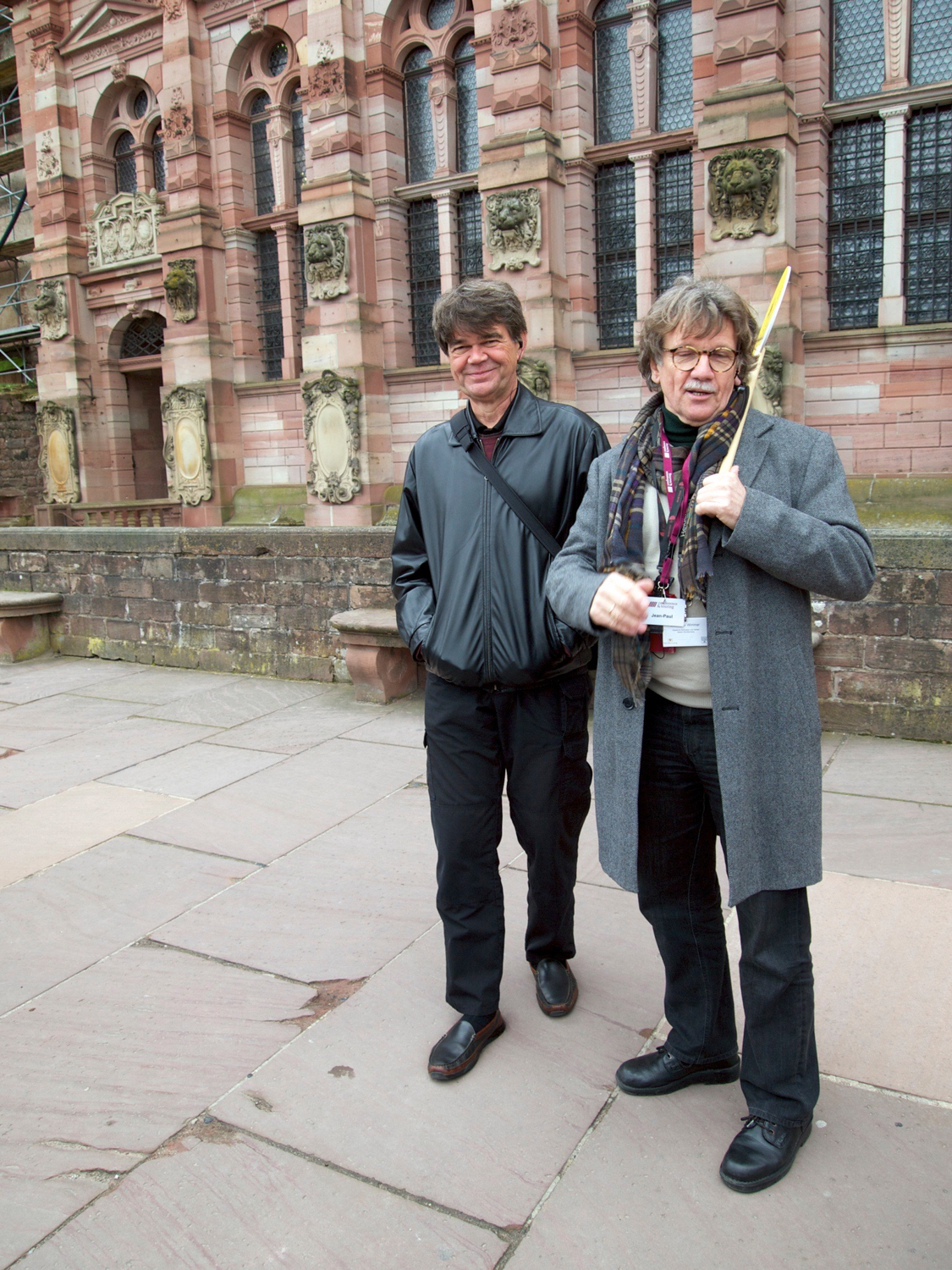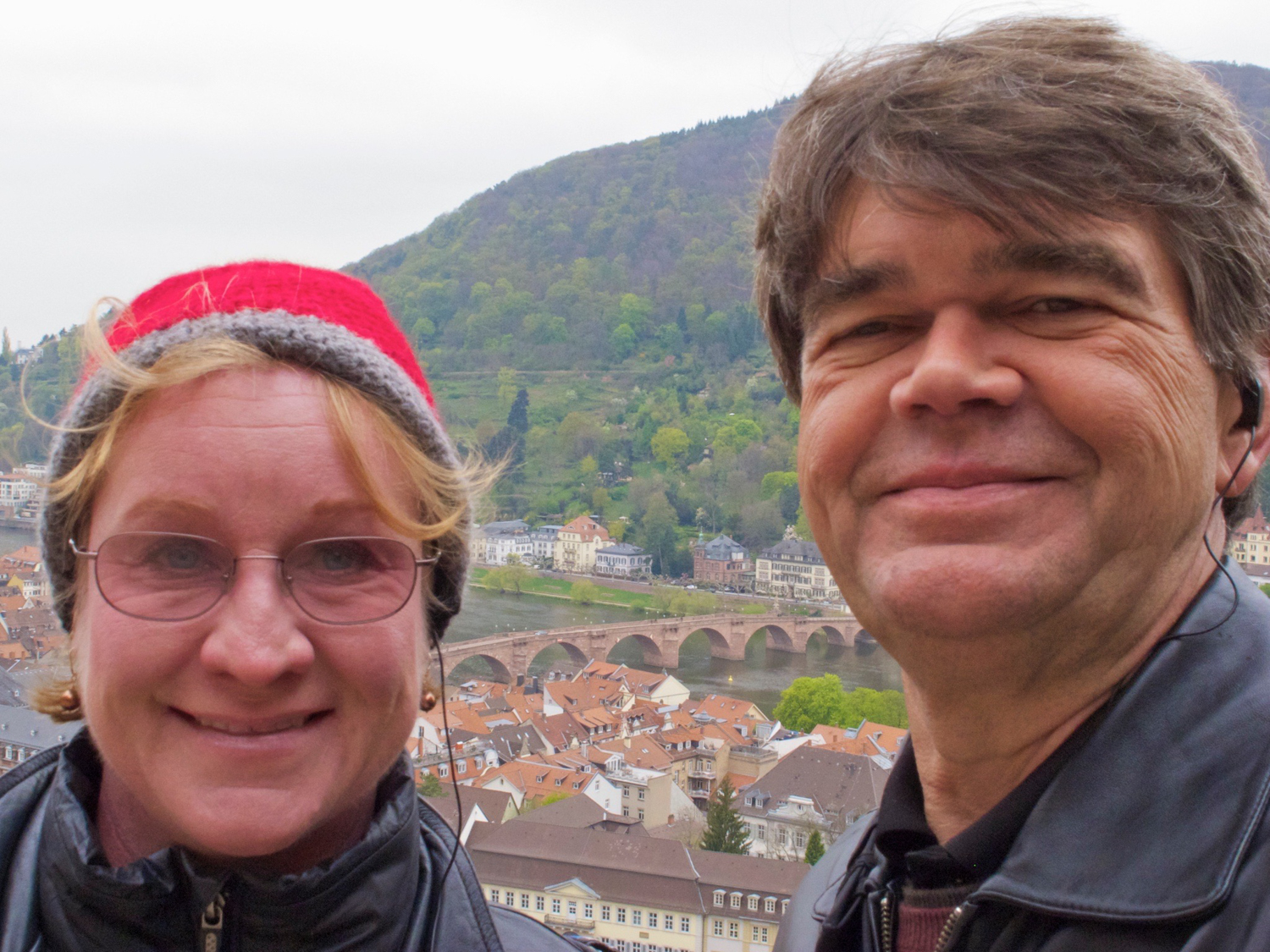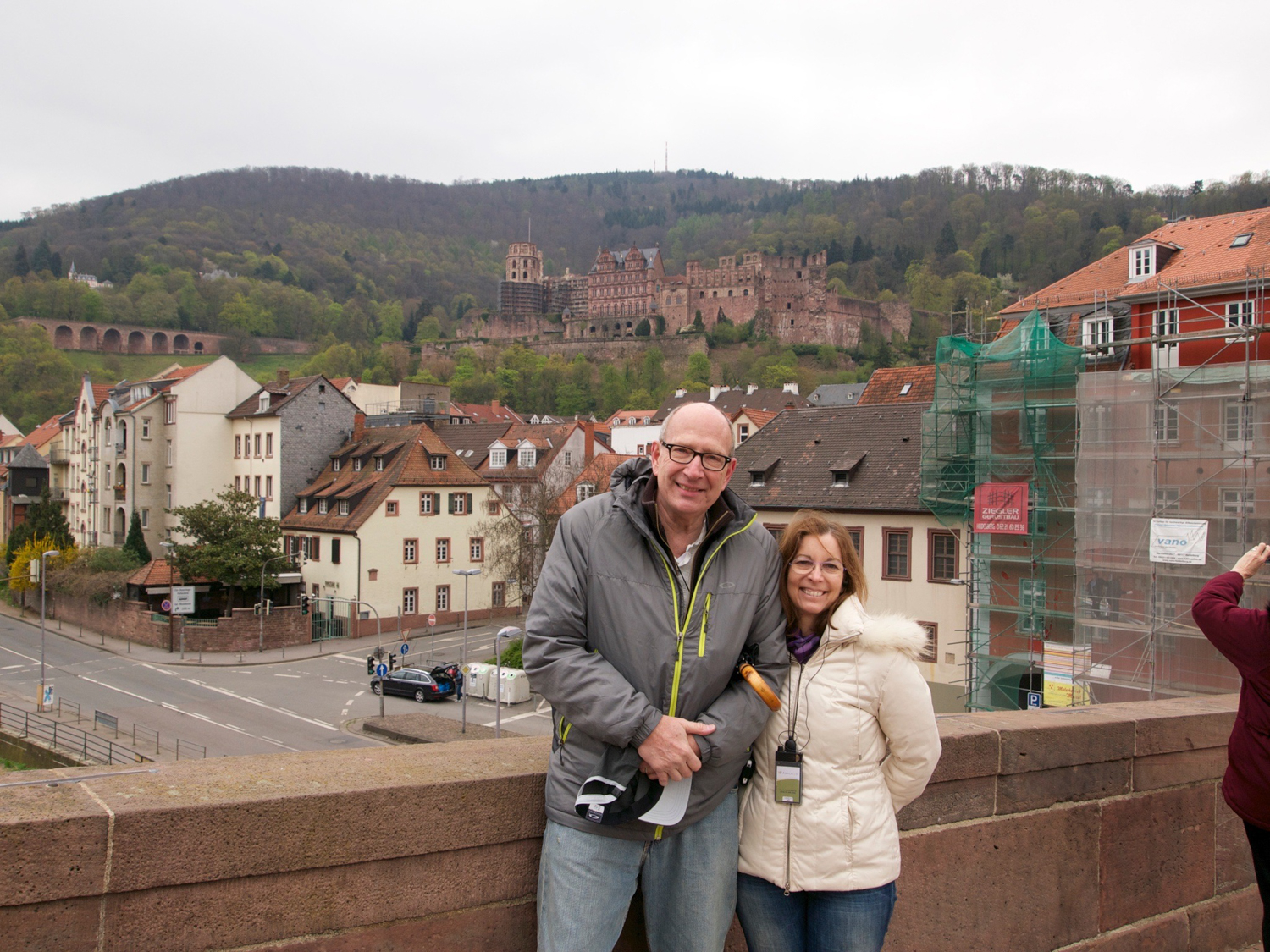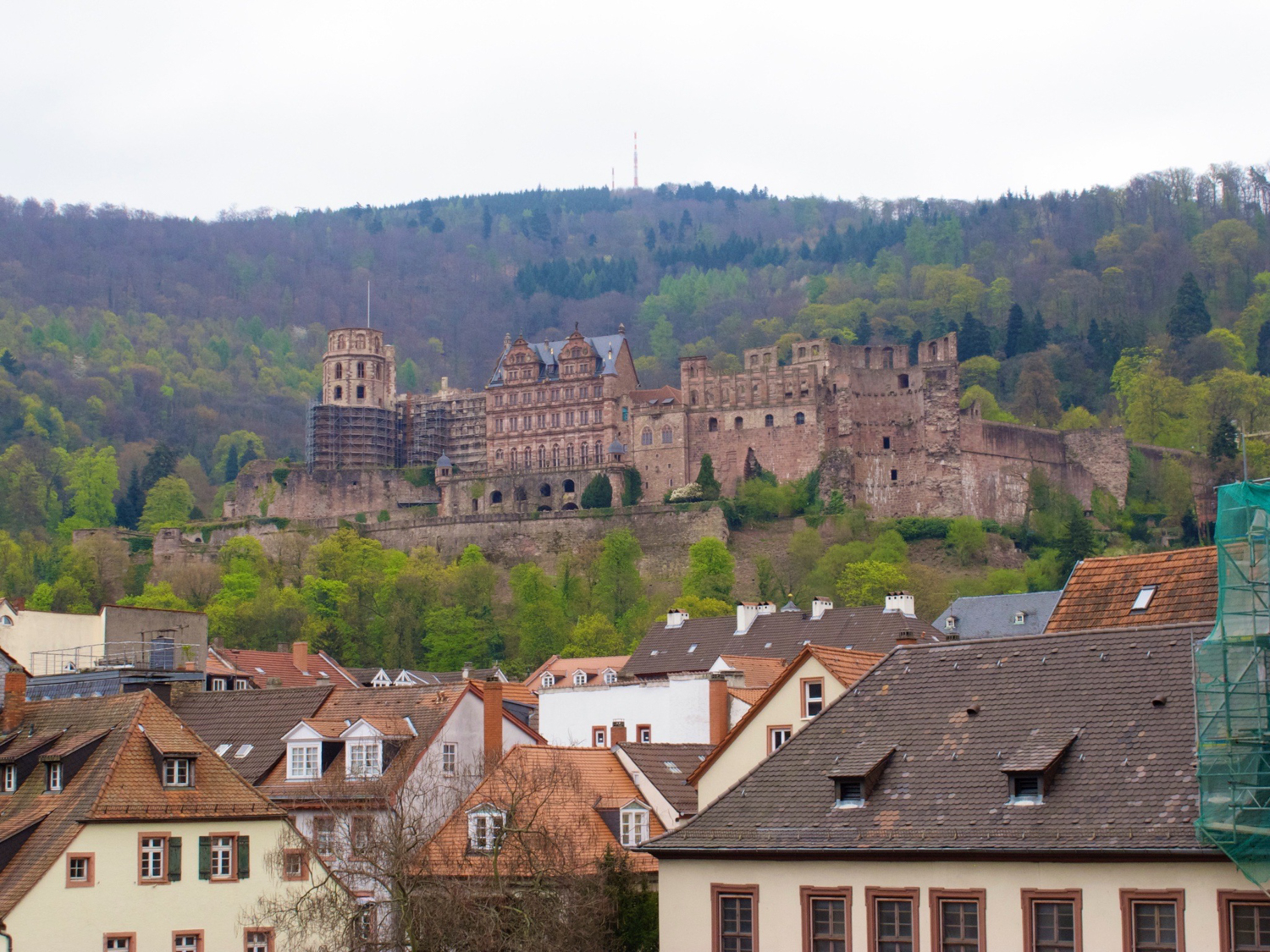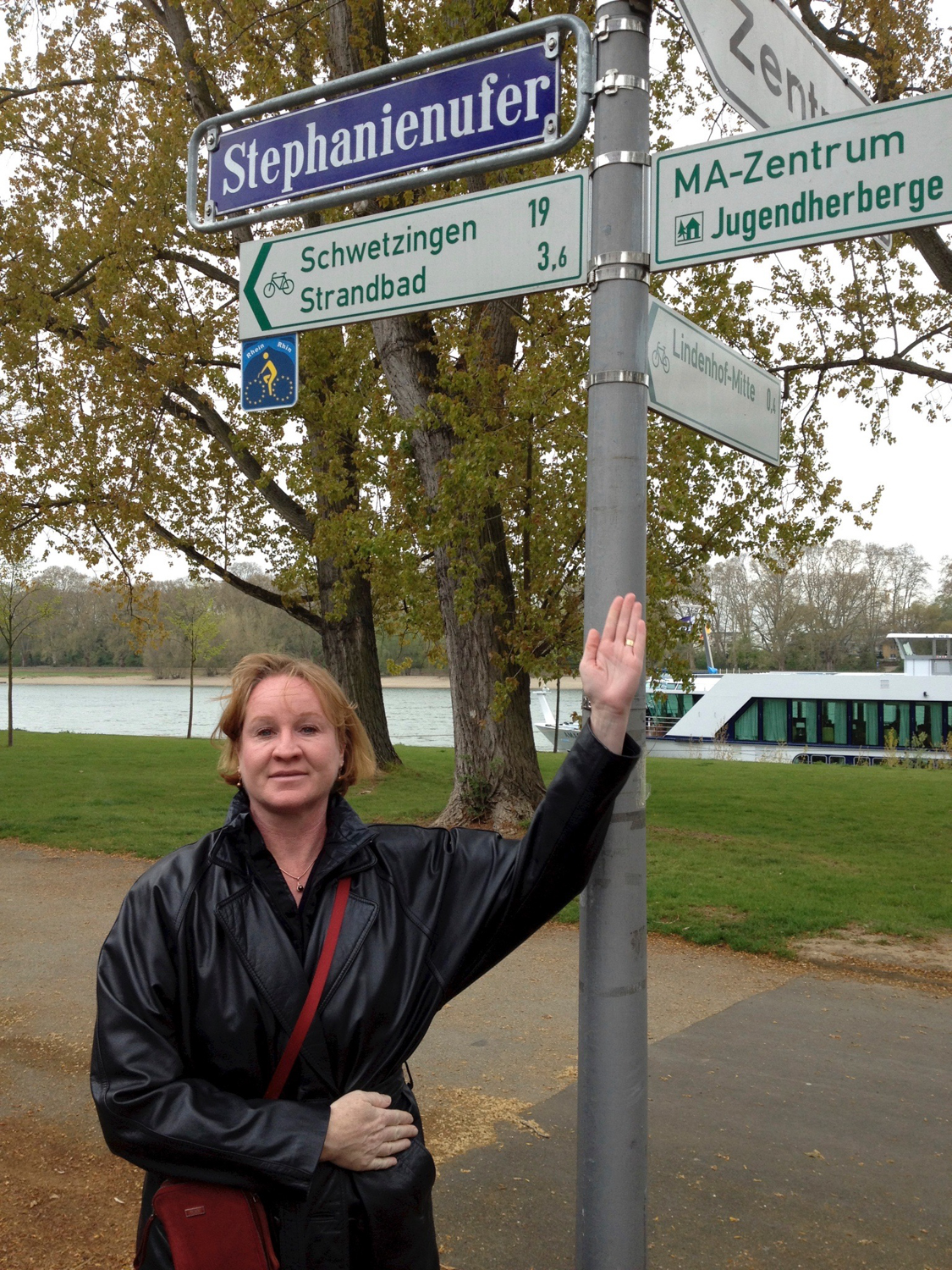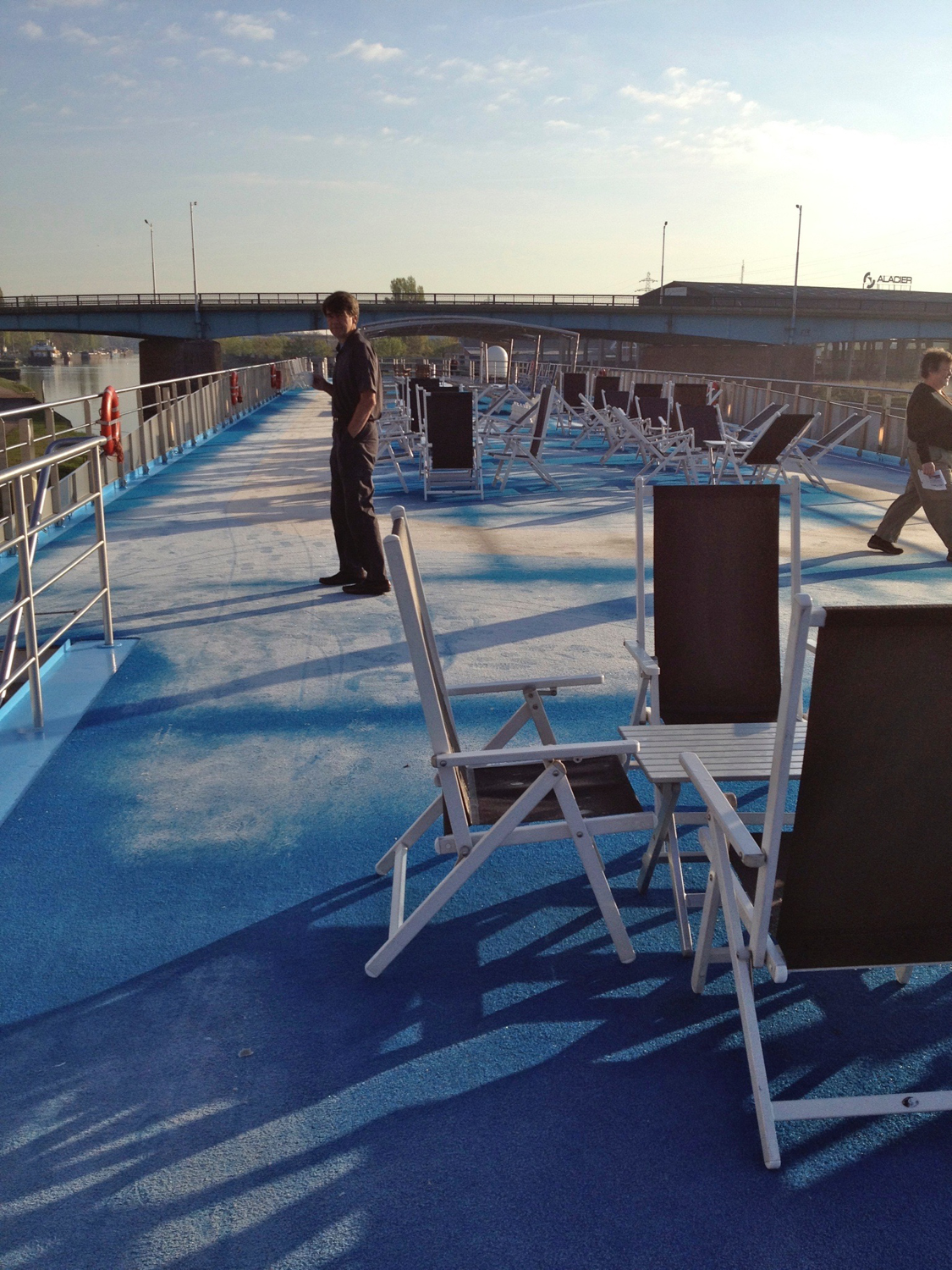This morning we awoke at 4:30 to find ourselves docked in Strasbourg. It was bitterly cold, but there were swans swimming around the AmaCello, and frost on the upper deck. Mind you, it wasn’t nearly as cold as Heidelberg, but it was indeed cold.
Strasbourg is the capital and principal city of Alsace, and is the seat of several European institutions. These include the European Court of Human Rights, the European Directorate for the Quality of Medicines, the European Audiovisual Observatory, the Eurocorps, the European Union Parliament, and the European Ombudsman of the European Union. The city is an iprtant center of manufacturing and engineering, as well as road, rail, and river communications. I believe this last part greatly, as the GPS on the iPhone reset today to actually reflect where we were!!! It had us in the Netherlands for the majority of this past week.
The city center, also known as the Grande Ile, was classified as a UNESCO World Heritage site in 1988. The possession of this city has fluctuated back and forth between France and Germany (four times in 75 years, although it has been French since the end of WWII) for centuries, which is reflected in its culture, the meals, and the street signs. There is also a small minority in the country that speak Alsatian language, but the official language is French - despite passing several bilingual schools on our canal ride.
One of the most unpleasant memories for Strasbourg is that of Little France (Petit France), where the soldiers who contracted syphilis were sent to either be cured or die. They tended to be left there, and forgotten, living in their little piece of France during their ending days.
Wayne and I spent a little time on deck this morning, although we had to tread lightly, as there was a significant layer of frost. That being said, it was not as bitterly cold as Heidelberg. After breakfast, we went into town and had a canal ride (my third in my lifetime), and then visited the Notre Dame of Strasbourg (my fifth time), and the astronomical clock. Following that, we walked around the shops of the city (all the big names) and saw a few more sights. Lunch was baguette sandwiches at a local cafe with Ivan and Sue, and then we headed our separate ways. They shopped, we walked back to the boat through a central residential area surrounding the Orange place, which was filled with greenhouses. We did a little more walking (9 miles in total for me today) after returning to the AmaCello, ton include a visit to a local pub that had free high-speed wifi, but abandoned thoughts of bicycling, as it was still cold and windy. And dry. That’s the one thing I do not miss about Europe, the dry winters that crack your skin if you are not careful.
One amusing thing the guide told us, crosswalks in France are merely for decoration, drivers do not care to follow the rules!
Dinner was the gala farewell (although we don’t leave for another 2 days), after which I received notice of my practicum interview, which will be Friday morning, 3 am Switzerland time. Luckily our flight doesn’t leave until 2 pm Friday, so I will get a little more rest before flying for over 15 hours.
Bonne nuit, tout le monde!
